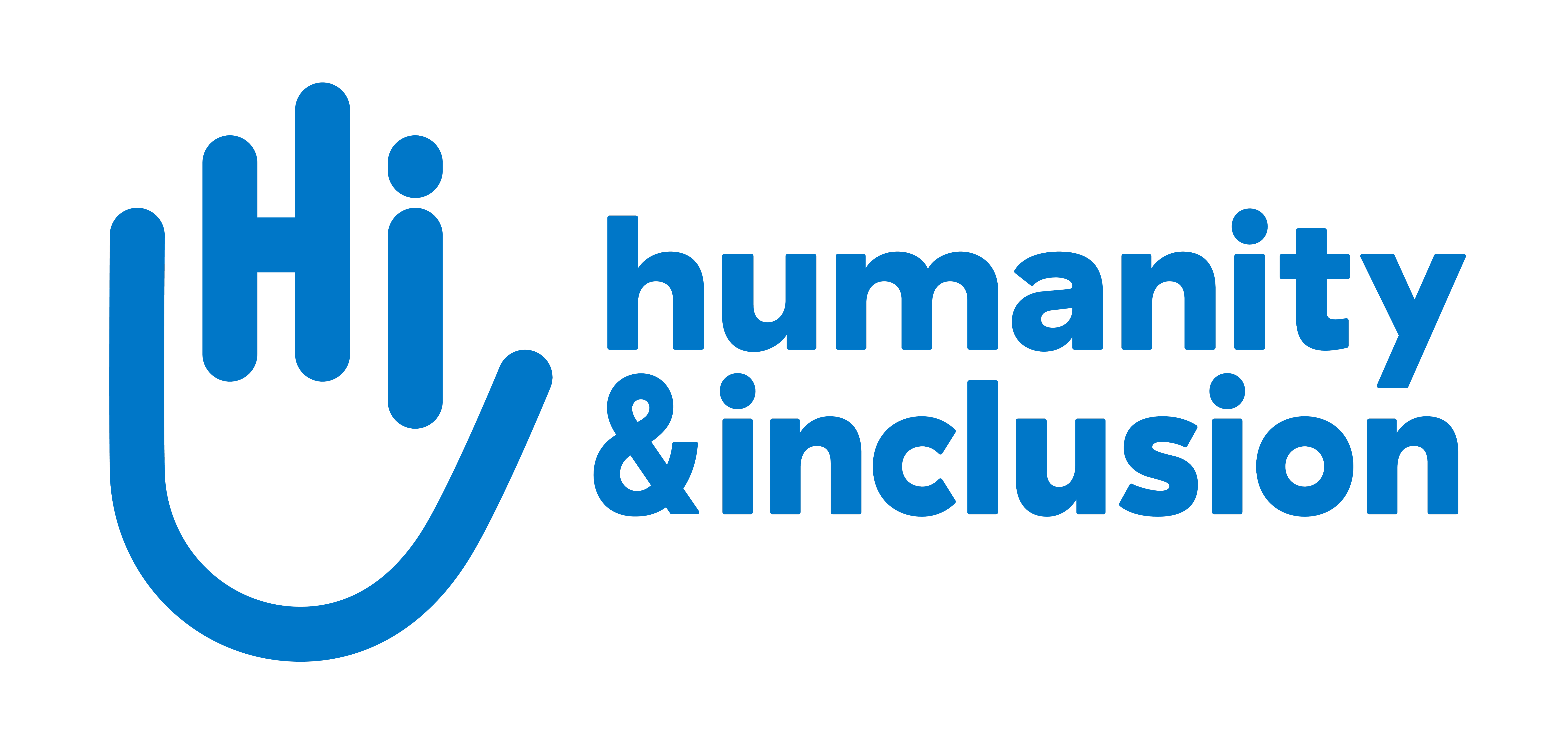OUR APPROACH
A humanitarian disaster can take many forms - earthquakes, floods, tsunami or conflict. They often strike without warning and almost always affect people who are already desperately poor. For people affected, it can be a traumatic ordeal. The months following an emergency are often as dangerous as the disaster itself. Injured people and those with disabilities face a long, hard fight to return to their everyday lives.




